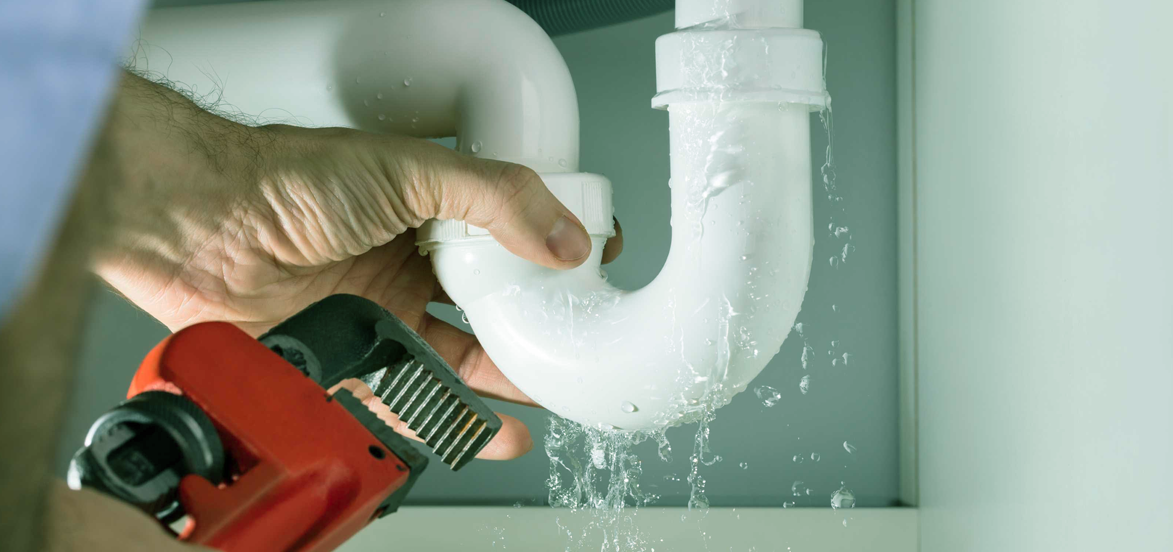Just how to Locate as well as Repair Work Water Leaks-- A Comprehensive Guide
Just how to Locate as well as Repair Work Water Leaks-- A Comprehensive Guide
Blog Article
This post in the next paragraphs pertaining to Locating water leaks is amazingly motivating. Don't bypass it.

Early discovery of leaking water lines can alleviate a potential catastrophe. Some little water leakages may not be visible.
1. Check Out the Water Meter
Every house has a water meter. Inspecting it is a guaranteed manner in which aids you find leakages. For starters, turn off all the water sources. Make certain no one will flush, use the faucet, shower, run the washing device or dishwashing machine. From there, go to the meter as well as watch if it will change. Because no one is using it, there should be no activities. If it relocates, that indicates a fast-moving leak. Also, if you detect no changes, wait a hr or more and examine back once more. This suggests you may have a slow-moving leak that can even be below ground.
2. Check Water Consumption
If you spot sudden modifications, regardless of your consumption being the exact same, it suggests that you have leakages in your plumbing system. A sudden spike in your expense suggests a fast-moving leakage.
Meanwhile, a stable boost each month, despite having the very same habits, shows you have a slow leak that's also slowly escalating. Call a plumber to thoroughly check your residential property, specifically if you really feel a warm location on your flooring with piping beneath.
3. Do a Food Coloring Test
When it comes to water intake, 30% comes from toilets. Examination to see if they are running appropriately. Drop flecks of food color in the container as well as wait 10 mins. There's a leak in between the tank as well as dish if the color in some way infiltrates your dish during that time without flushing.
4. Asses Outside Lines
Don't neglect to inspect your outdoor water lines also. Must water seep out of the connection, you have a loosened rubber gasket. One tiny leakage can squander loads of water and also surge your water costs.
5. Check as well as Examine the Scenario
House owners need to make it a behavior to check under the sink counters and also also inside closets for any bad odor or mold and mildew development. These 2 red flags indicate a leak so punctual interest is needed. Doing regular assessments, even bi-annually, can save you from a significant issue.
A lot more significantly, if you recognize your house is already old, keep a watchful eye on your heating units, hose pipes, pipelines and so on. Check for stainings as well as compromising as a lot of devices and also pipes have a life span. They will additionally naturally degrade as a result of deterioration. Don't wait for it to escalate if you think leaking water lines in your plumbing system. Call a specialist plumber right now so you do not wind up with a terrible mess in your house.
Early discovery of dripping water lines can alleviate a possible disaster. Some small water leakages may not be visible. Inspecting it is a proven means that helps you find leakages. One small leakage can throw away lots of water as well as surge your water costs.
If you believe dripping water lines in your plumbing system, do not wait for it to rise.
How to Know If Your Home Has a Hidden Leak
Water Meter Reveals Inexplicable Water Usage
If you’d like to test whether or not there’s a leak somewhere in your home, you can do this using your water meter. Here is how to conduct the test:
Don’t use any water in your home for at least 30 minutes; this also means not turning on faucets or water-using appliances.
Go outside, and check your water meter for activity.
If your water meter shows that there was activity, even though no one was using any water, this proves that there is a leak in your home.Visible Mold or Mildew Growth
Leaks behind walls create moist, dark environments that allow mold and mildew to grow and thrive. Eventually, you might see mold growth forming on the wall closest to a hidden leak.
If mold is growing in an area that receives a high amount of moisture, such as a bathroom, it may simply be an indication that better ventilation is needed. However, if you see mold growth on a wall or the ceiling in an area where you would not expect, you probably have a hidden leak.
Musty, Mildew Odor
Sometimes you might not be able to see the mold or mildew that is growing as a result of a leak. However, the smell can give the problem away just as easily. If you catch a whiff of something musty, there’s a good chance that old water is collecting somewhere in your home that you can’t see.
Stained/Warped Walls, Ceilings, or Floors
When your home soaks up water, a variety of red flags can become visible, including ceiling stains, bubbling drywall, warped walls, and sagging floors. While these issues can be caused by excess humidity, they can also be signs that a pipe or plumbing connection has started leaking behind your walls.
Inexplicably High Water Bill
After a while, you get a general sense for what your water bill should be. If you own a pool or sprinkler system, your bill will tend to be higher during summer. However, if you receive a water bill that seems especially high, and you can’t figure out what caused it, then you may have a hidden leak somewhere that’s increasing your bill.
https://www.plumbingjoint.com/blog/2019/july/how-to-know-if-your-home-has-a-hidden-leak/

I hope you liked our part about Hacks to detect leaks. Thanks for taking time to browse our piece. Sharing is nice. You never know, you might be doing someone a favor. We cherish reading our article about Top leak detection hacks.
Report this page